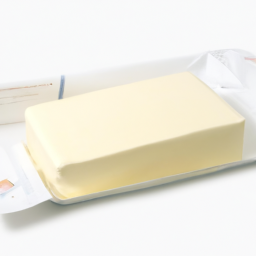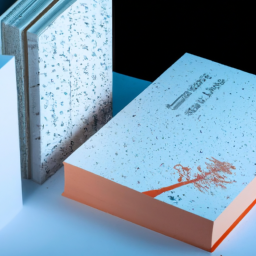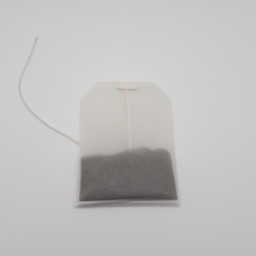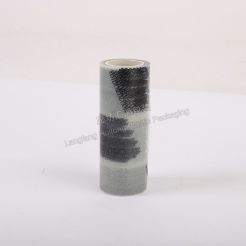difference between injection molding and compression molding
When it comes to manufacturing plastic products, there are two popular methods that companies often choose between: injection molding and compression molding.
Product Description
Hopewell contains other products and information you need, so please check it out.
When it comes to manufacturing plastic products, there are two popular methods that companies often choose between: injection molding and compression molding. Both processes have their own unique advantages and differences, so it's important to understand the key distinctions to determine which method is best suited for your specific needs.
Injection molding is a highly versatile process that involves injecting molten plastic material into a mold at high pressure. This method is ideal for producing intricate and complex parts with a high level of precision. The main advantage of injection molding is its ability to produce large volumes of parts quickly and efficiently. This means that companies can save time and money by mass producing products in a cost-effective manner.
On the other hand, compression molding is a more traditional method that involves heating a plastic material and then compressing it into a mold. This process is ideal for producing larger parts with a lower upfront cost. Compression molding is often used for manufacturing products with a lower production volume, as it can be more time consuming and labor intensive compared to injection molding.
One of the key differences between injection molding and compression molding is the level of detail and precision that can be achieved. Injection molding is known for its ability to produce intricate and complex parts with tight tolerances, making it a popular choice for products that require a high level of accuracy. Compression molding, on the other hand, may result in less precise parts, but it is still a viable option for producing larger, more basic components.
Another important difference between the two methods is the cost. Injection molding typically requires a higher initial investment due to the need for expensive molds and equipment. However, this cost is often offset by the ability to produce large volumes of parts quickly and efficiently. Compression molding, on the other hand, has a lower upfront cost, making it a more economical choice for companies looking to produce smaller quantities of parts.
In conclusion, both injection molding and compression molding have their own unique advantages and differences. Understanding the key distinctions between the two processes can help you determine which method is best suited for your specific needs. Whether you're looking to produce intricate and complex parts at a high volume, or larger parts at a lower cost, both injection molding and compression molding offer viable solutions for your manufacturing needs.
Are you interested in learning more about dispensing closure? Contact us today to secure an expert consultation!








